Nature reports
Publisher: Dutch Caribbean Nature Alliance (DCNA)
Page 19 of 20 - 193 Results
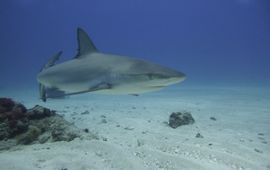
Wageningen Marine Research reported ten reef-associated shark species in the Dutch Caribbean in a recent published study commissioned by DCNA. The most common species are the nurse shark and the Caribbean reef shark. Overall, more..
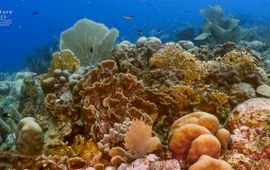
Nearly a third of all marine species can be found on or around coral reefs. This is why their rapid degradation is of great concern. To better understand corals as a whole, a group of scientists have set out to study the..
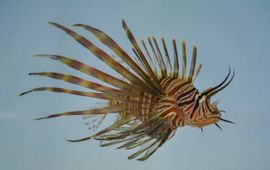
Researchers from Indiana University and CIEE Bonaire completed a series of studies to apply a new technique using environmental DNA (eDNA) which has the potential to reduce time, money and labor required to conduct lionfish..
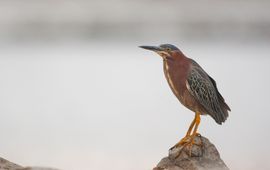
The birds of Saba were studied for two years to clarify the composition of the island’s avifauna, with the addition of observations made by reliable Saba birdwatchers. The resulting updated checklist for the birds of Saba shows..
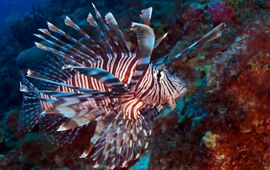
Lionfish were first spotted off the coast of Bonaire back in 2009. Since then, STINAPA Bonaire has been working alongside a cast of dedicated volunteers to continuously track, monitor and control this expanding invasive species. ..
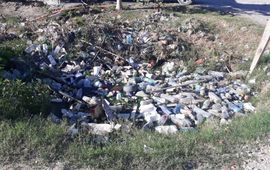
Residents and businesses of St. Maarten are being urged to abandon the use of single-use, non-biodegradable plastics to help creating a cleaner and greener St. Maarten. The health of the island’s biodiversity and economy is..
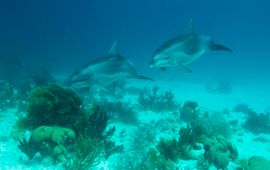
In an effort to gather much needed information on local populations of whales, dolphins, manatees, sharks, rays and large groupers, STINAPA Bonaire has developed a Marine Animal Monitoring Form for all visiting the Yarari Marine..
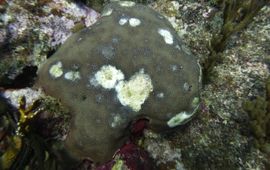
Sint Maarten is the first Dutch Caribbean island where the new coral disease ‘Stony Coral Tissue Loss disease’ has recently been discovered. Between 50 and 90 percent of Sint Maarten’s stony coral has either been infected or has..
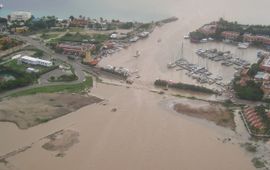
Wageningen University recently published an alarming report on the threatened natural resources on Bonaire, Saba and St. Eustatius. The Dutch Caribbean Nature Alliance (DCNA), together with local park organizations, urge the local..
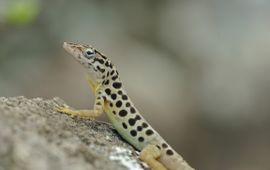
On Saba, St. Eustatius, St. Maarten and the Saba Bank there are a minimum of 35 animal and plant species that exist nowhere else in the world, so-called endemics. Additionally, 188 species are specific just to the surrounding..
